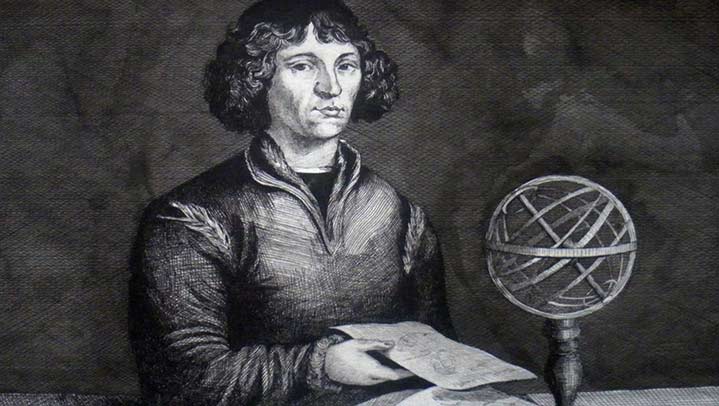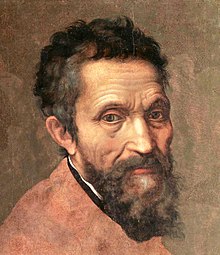Johannes Kepler (December 27, 1571- November 15, 1630), summarized his discoveries with three physical principles. First, the planets move in elliptical orbits, but not perfect circles, with the Sun at one focus. Second, he argued that the time necessary to traverse any arc of a planetary orbit is proportional to the area of the sector between the central body and that arc. Third, there is an exact relationship between the squares of the planets’ periodic times and the cubes of the radii of their orbits. These principles, later became laws, improved Copernicus’s solar system and helped to explain some astronomical phenomena.
When Kepler was alive, France’s King Henry IV converted from Protestantism to Roman Catholicism. Henry IV of France, a progressive king who is religiously tolerant, is assassinated by François Ravaillac, who is unbalanced and highly religious.Also, Sweden joined the Thirty Year’s War. The Swedes invade northern Germany and won multiple bateles and finally had decisive victory. Elizabeth I (September 7 1533 – March 24 1603), was also alive at the same time as Kepler, was undisputedly one of the greatest monarchs of England who ruled the country from 1558 to 1603. Popularly known as the Virgin Queen, her 45 years of reign marked a glorious epoch in English history.
It is obvious to notice that scientists were slowed down by limited technology. It took decades and generations for people to develop technology and to discover the universe with limited technology. Also because of this slow process, the world did not improve much and the big events that were happening were mostly wars. It is glad to see that later scientist solidified Kepler’s three laws and facilitated the learning of the universe at that time.




